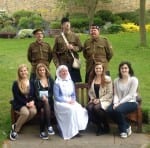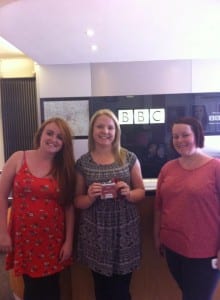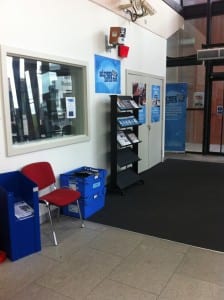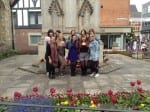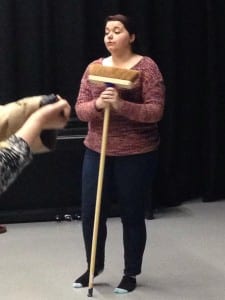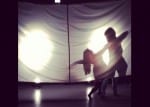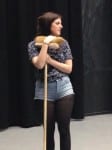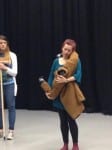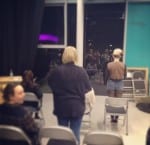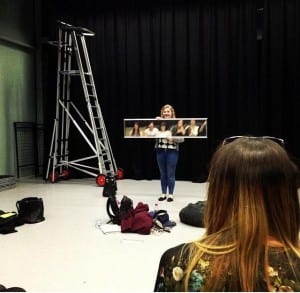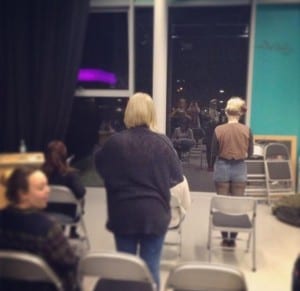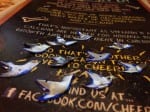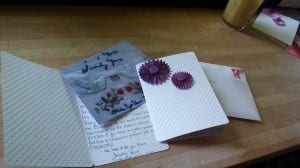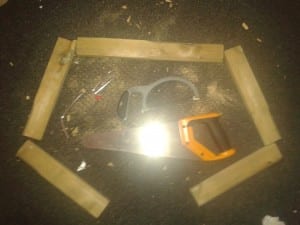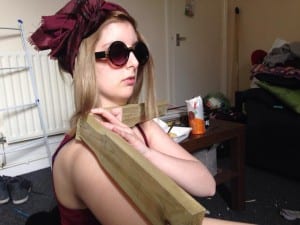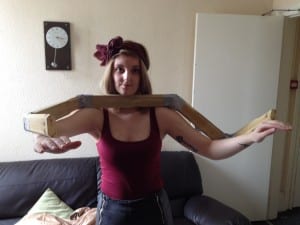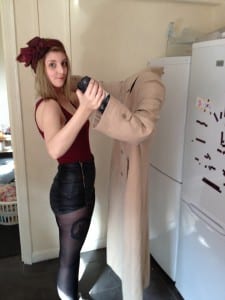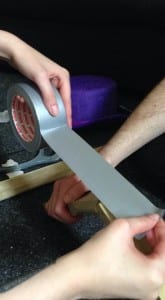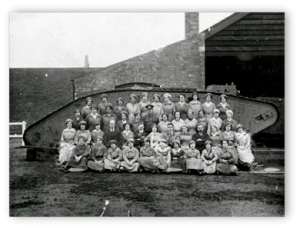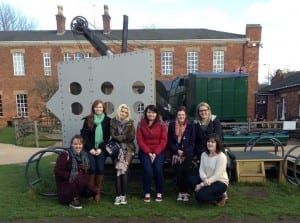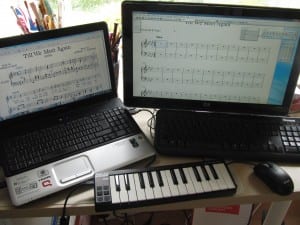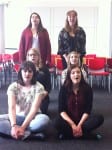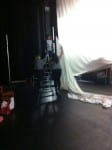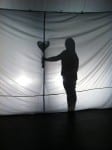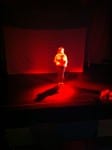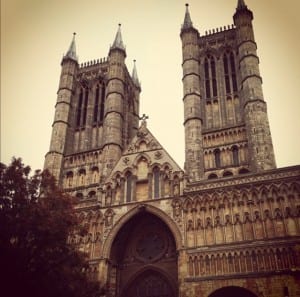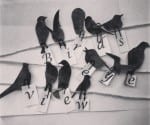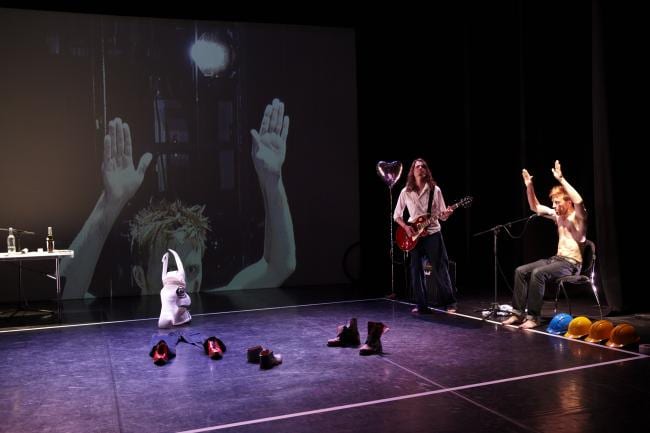Yesterday a few of us ‘Birds’ went to Lincoln Castle to see a WW1 re-enactment.
Upon arrival we were drawn into a circle of people listening to a woman dressed as a lady of the First World War. She was surrounded by people who represented the many professions held by women at the time, including nurses, land workers and munitionettes.
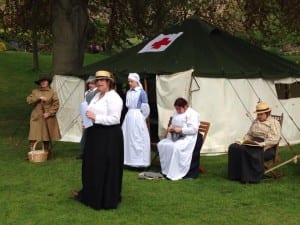
Pearson, 2014
From her we learnt about the roles and conditions of women’s work:
- Munitionettes who worked in the factories filling the shells with TNT often contracted Jaundice which caused their skin to turn yellow, giving them the nickname ‘Canary Girls’.
- Many women chose to work under these very dangerous conditions for higher wages, as women could only earn a limited amount in other jobs.
- Women were a source of cheap farm labour to replace the young men who had gone off to war. Their roles would be everything from looking after livestock, working the land and managing the upkeep of the farms.
- Other roles a woman could take on were nursing, hospital cooking or ambulance driving.
- For many girls this was an opportunity for freedom from the inevitable fate of looking after their aging parents.
- The idea of women nursing wounded soldiers was not popular with the British government. One Scottish hospital was set up, employing only women, which was gratefully accepted by foreign governments. The idea behind this was that if one had to train many new male soldiers to fight, it only made sense to train new female nurses to help look after them.
- There were over 46,000 women nurses in the First World War.
- The war gave women new liberties: such as wearing bras, having short hair, wearing shorter skirts, going to the cinema without a chaperone and smoking in public!
It was really fascinating to learn how much we, as an all-female company, owe to these pioneering women. Most of things we take for granted now, such as the right to vote or even going out without a chaperone, came from the liberations the First World War gave women when their men were away. It also showed us just how much the war was a joint effort of both sexes, with the men off fighting for the country which the women back home kept running, with women also providing a huge service in the making of ammunition, defences and medical care.
Charlotte has also written a blog on this which you can find here.
Works Cited
Mooney, C. (2014) WW1 reenactment group 1.
Mooney, C. (2014) WW1 reenactment group 2.
Pearson, L. (2014) WW1 reenactment women’s role in the war.
